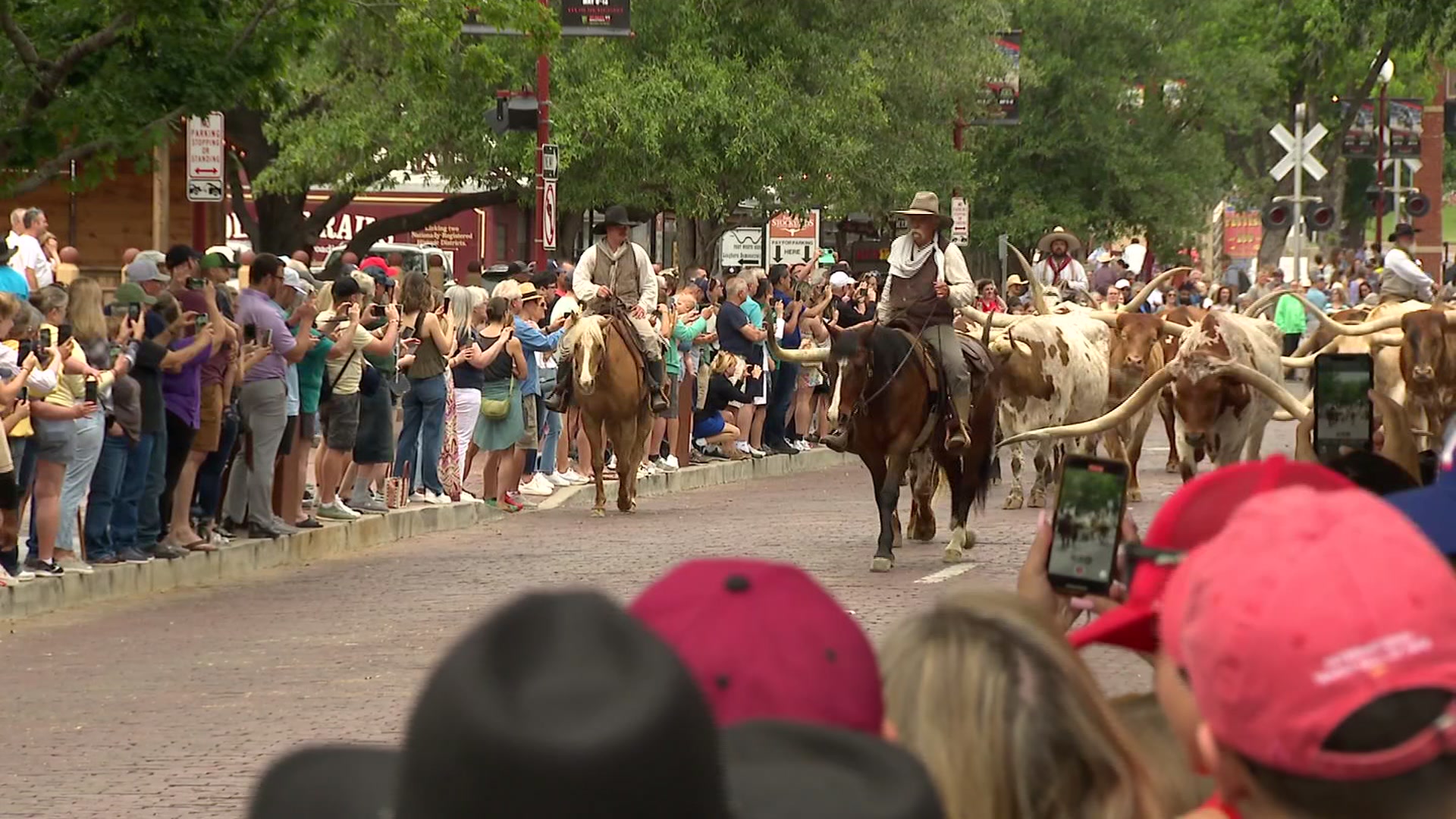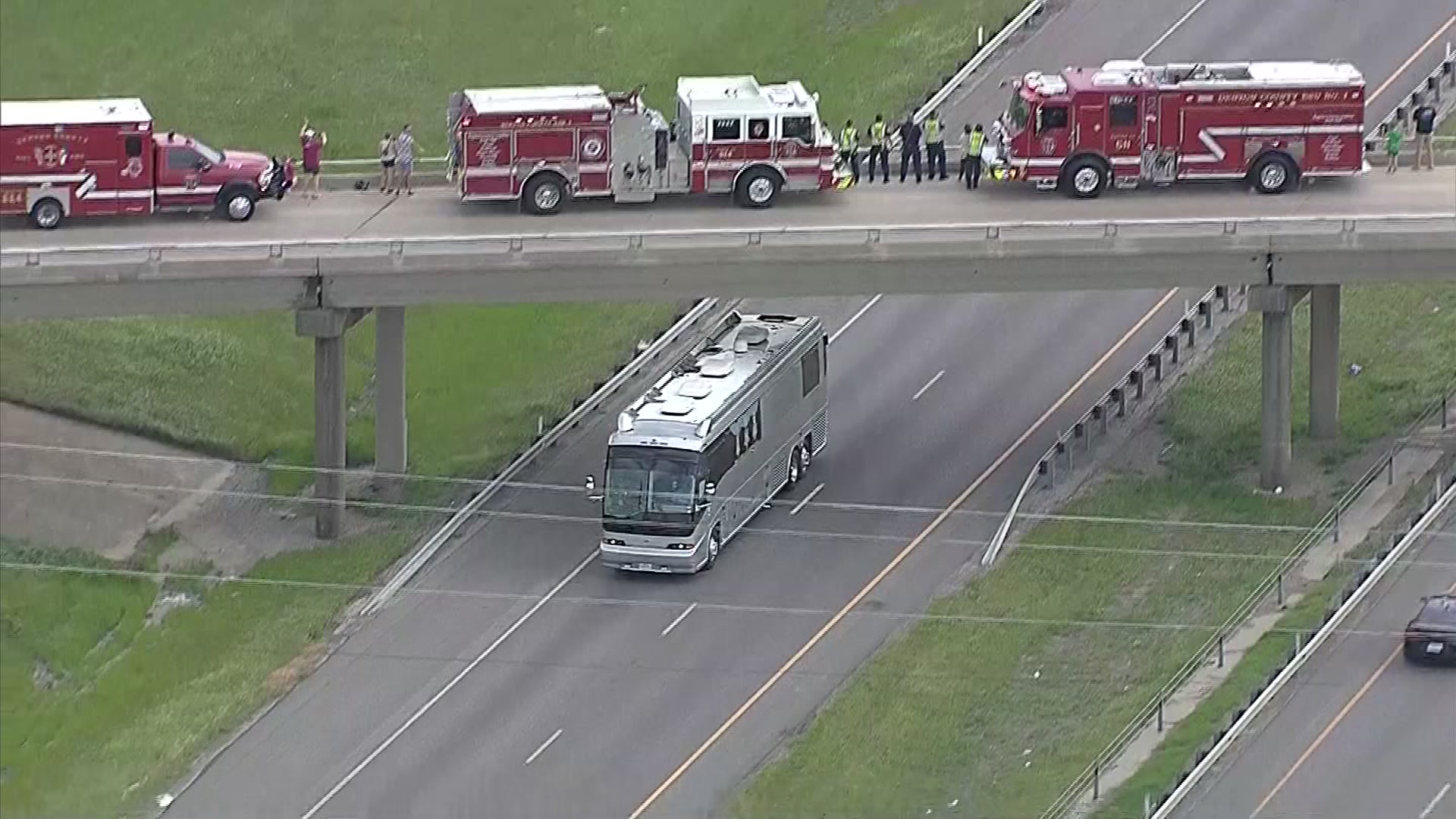The federal government's plan to run the planned border wall at the site of a historic mission along the Rio Grande would amount to an illegal government intrusion into the practice of religion, the Catholic Diocese of Brownsville says.
"It goes against the First Amendment, freedom of religion," said David Garza, a Brownsville lawyer who is representing the South Texas Catholic diocese in its battle with the government.
The Corpus Christi Caller-Times reports at issue is a chapel in Mission, Texas, about 75 miles west of the mouth of the Rio Grande. The chapel, known as La Lomita Mission, served as sort of a regional hub beginning in the mid-1800s to care for the spiritual needs of "widely separated Catholic churches, baptizing newborns, performing marriage ceremonies and blessing the dead," according the city of Mission's website.
The government last month filed court papers notifying Brownsville Diocese Bishop Daniel Flores, who grew up and began his priesthood in Corpus Christi, that it intends to survey about 67 acres where the chapel, built in 1899, sits near a horseshoe-like bend in the river that separates the United States from Mexico. The survey is seen as prelude to the government taking at least some of the land through eminent domain to build the wall.
Flores, in a statement issued by the diocese, said no.
"While the bishop has the greatest respect for the responsibilities of the men and women involved in border security, in his judgment, church property should not be used for the purposes of building a border wall," the statement said.
"Such a structure would limit the freedom of the Church to exercise her mission in the Rio Grande Valley, and would in fact be a sign contrary to the Church's mission. Thus, in principle, the bishop does not consent to use church property to construct a border wall."
Local
The latest news from around North Texas.
In a rebuttal to the government filed in federal court, Garza argued the diocese property should be beyond the lawful reach of the U.S. Department of Homeland Security.
"La Lomita Chapel is a sacred building destined for divine worship to which the faithful have a right of access for divine worship, especially its public exercise," Garza wrote, noting that La Lomita is listed on the National Register of Historic Places.
And even though the chapel is not regularly used for Sunday worship and other activities, it remains a place "where mass and other Catholic religious services are conducted."
The Rev. Robert Wright, a Catholic priest and a professor at the Oblate School of Theology in San Antonio, said La Lomita was part of a series of South Texas missions established by the Oblate Missionaries after the Mexican-American War.
The war firmly established that the U.S.-Mexico boundary was the Rio Grande and not the Nueces, American Catholic authorities wanted to ensure the church had a presence in the once-disputed territory, Wright said.
"So the Oblates were asked to come in [to] take care of those new Catholic parishes along the Texas side of the border," he said.
A mission was started in Brownsville and another in Roma, about 120 miles away. Because of the distance between to the two cities, the missionaries established La Lomita, which in Spanish mean "little hill," as a midway point.
"So that's where the chapel was built and there was a little ranch house and a house for the priests," Wright said. "And that was the new mission center for the whole part of the Valley which is now Hidalgo County."
The original mission was destroyed by flood. The one that still stands, after several renovations, was built in 1899.
According to the National Parks Service, the presence of the mission sparked the development of the town, which was named Mission.
"A village began to grow around the chapel as the Oblate Fathers constructed a rectory, guest house, quarters for the lay brothers, a blacksmith shop and buggy shed and small houses for the families of the laborers," says La Lomita's entry on the Parks Service's website.
Garza said that despite the religious and historic significance of La Lomita, the matter remains far from settled and the diocese is in an uphill fight.
"We've got a rough row to hoe, no doubt," Garza said. "Eminent domain cases are hard to win, whether it's for a dam, to widen a highway or to build the wall."



